The No-Nonsense Guide to Building a Fire Pit That Actually Lasts
Look, I’ve spent years in landscape construction, and I’ve built more fire pits than I can remember. I’ve seen everything from simple steel rings that rust out in a year to massive stone hearths that become the heart of a backyard. And I’ve seen what happens when things go wrong—it’s not pretty.
A fire pit isn’t just a place to burn wood; it’s a permanent fixture in your landscape. It needs to be safe, built to last, and right for your space. A lot of guides out there show you glossy, perfect pictures. My goal is different. I want to talk you through this like you’re right here with me, learning the ropes. We’ll get into the real-world physics that stop a pit from cracking, the pro techniques I use on site, and the safety rules that are absolutely non-negotiable. Get this right, and you’ve got a feature that brings joy for decades. Get it wrong? Well, that can be a costly, and even dangerous, mistake.
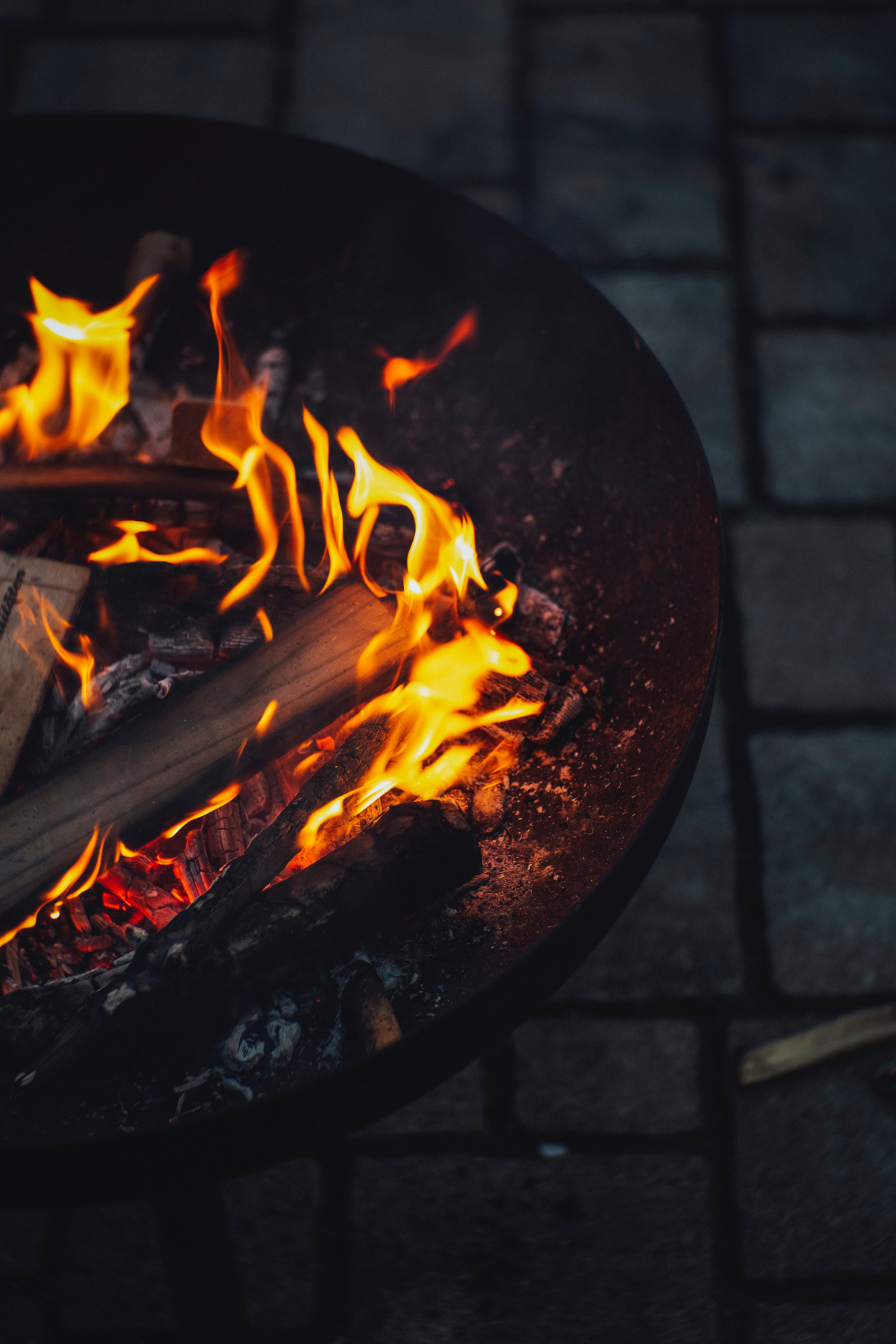
First, a Little Science (Don’t Skip This!)
Before you even think about buying a single block, you have to respect the forces you’re dealing with. A wood fire can easily top 1,000°F. That kind of heat will absolutely demolish common materials if you don’t know how to handle it. This is the secret to building something that doesn’t fall apart.
Heat moves in three ways, and your pit has to account for all of them:
- Radiation: This is the cozy heat you feel on your face. It travels in waves, which is why you need to keep your pit far away from your house, vinyl fences, or that beautiful oak tree. Seriously, measure it out. Most local codes require 15 to 25 feet of clearance.
- Convection: That’s the column of superheated air and smoke rising up. It can scorch overhanging branches or the underside of a porch roof in no time.
- Conduction: This is the big one where most DIY projects fail. Heat transfers directly through the pit walls. This is why material choice is a safety issue, not just a style one.
When you use the wrong stuff, like regular concrete blocks or stones you pulled from a riverbed, conduction becomes your enemy. I once had to repair a pit a homeowner built with local creek stones. A hot fire caused moisture trapped inside one stone to flash to steam, and it exploded like a firecracker, sending a sharp piece of rock flying across their patio. Luckily, no one was hurt. This is why we use fire-rated materials on the inside. It’s not optional.
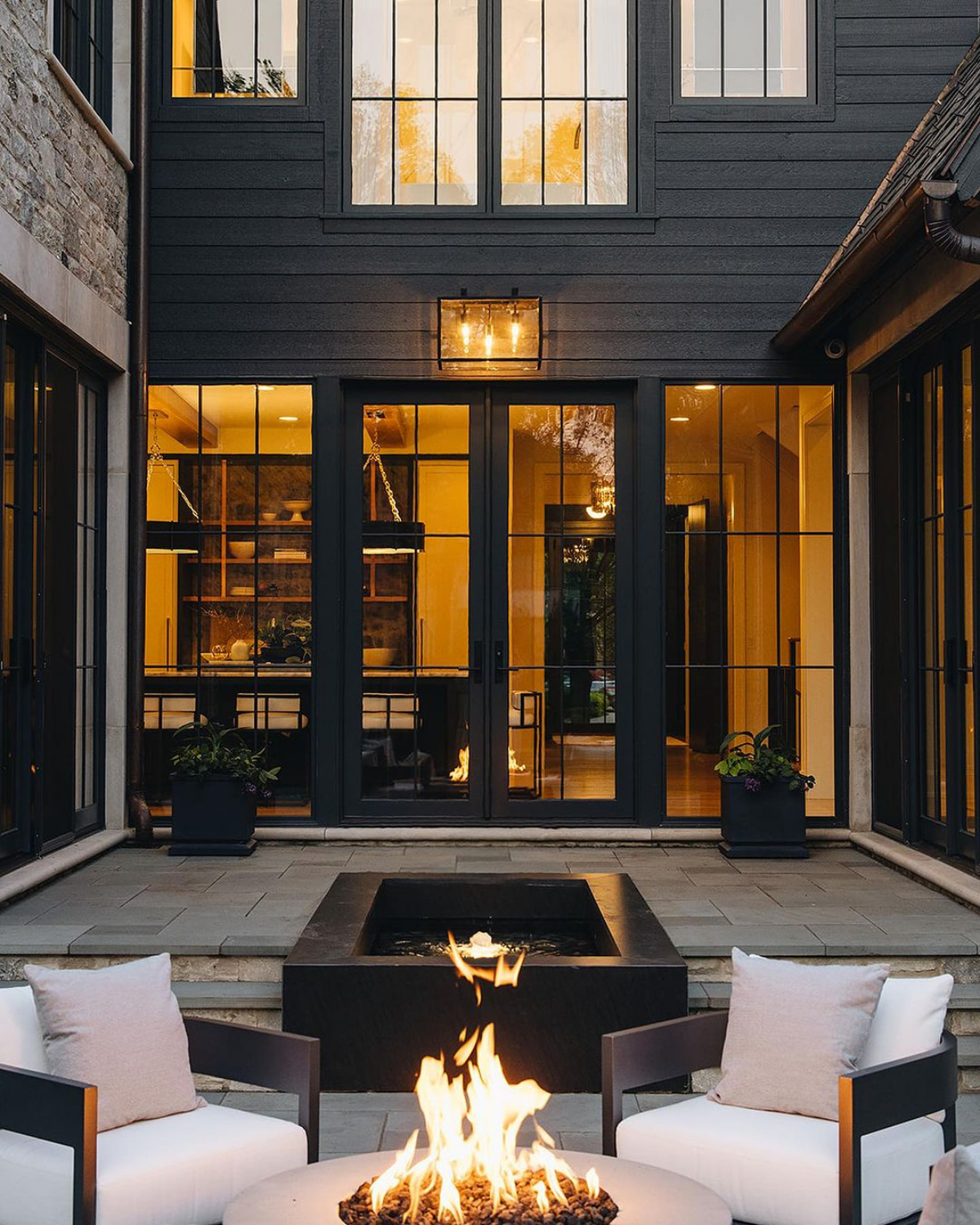
Water: The Other Pit Destroyer
Water is just as destructive as fire, especially if you live where it freezes. If water pools in your pit and turns to ice, it expands with incredible force, cracking the walls from the bottom up. A good drainage system isn’t a suggestion; it’s a requirement. We’re talking a deep gravel base and sometimes even small
Galerie d’inspiration
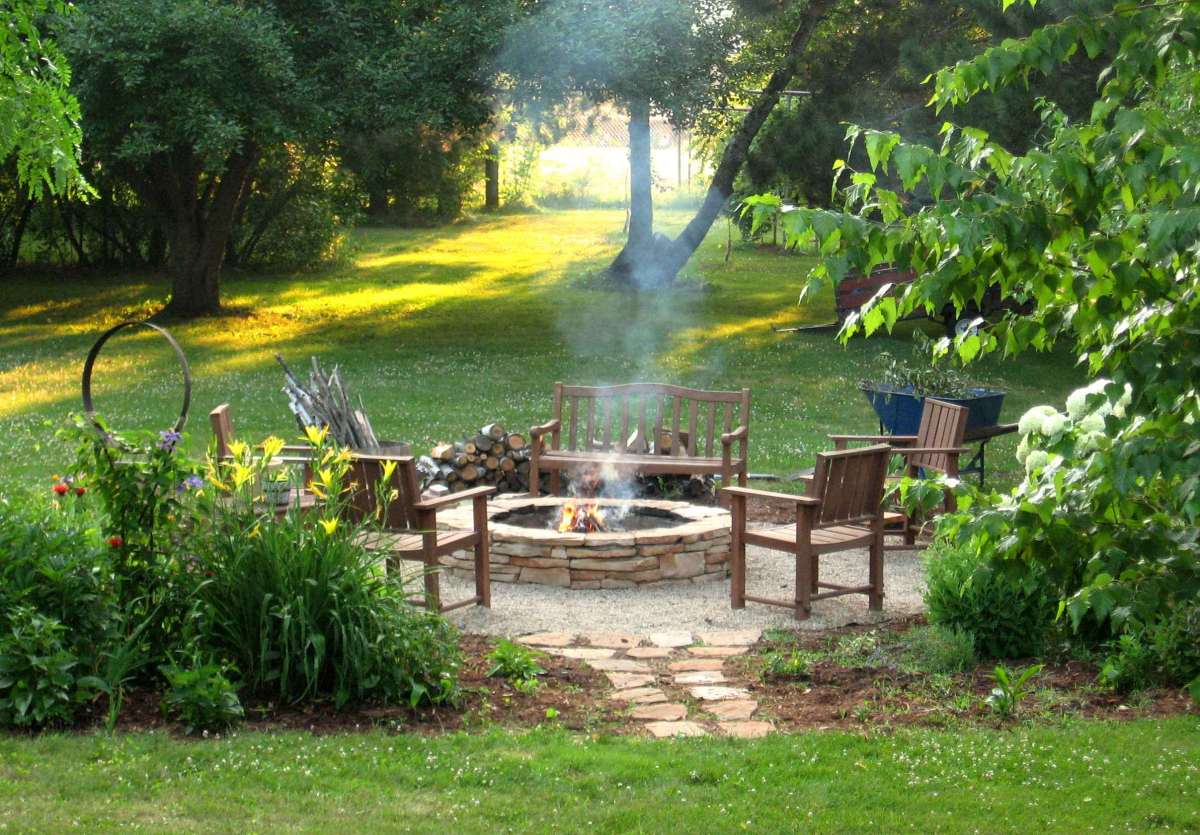
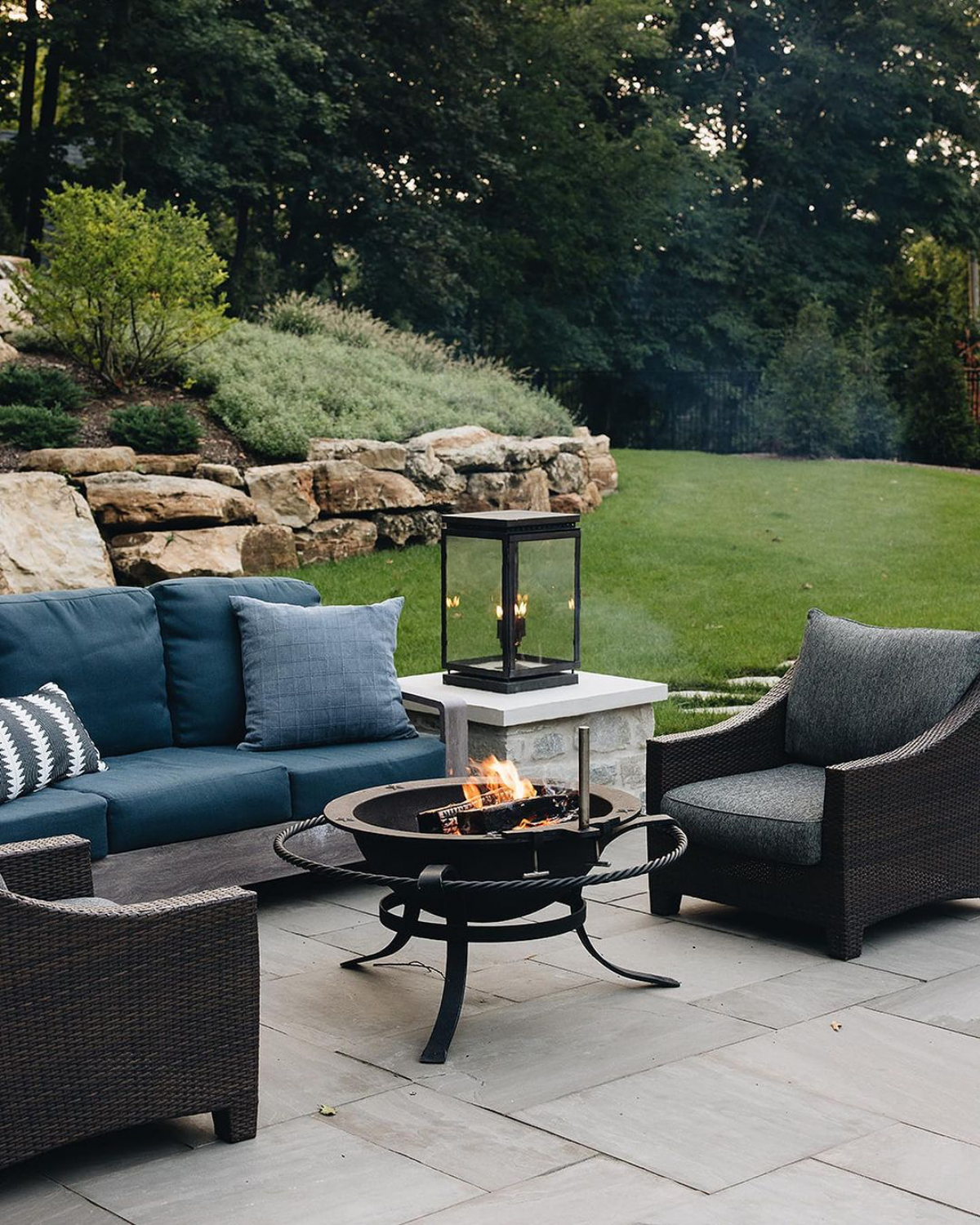
Fire Brick: The classic choice for the inner wall. They are purpose-built for extreme heat, look traditional, and are relatively easy to install with refractory mortar. A foolproof option for a pit that will see heavy use.
Castable Refractory Cement: Think of it as high-heat concrete. Mixes from brands like Rutland or Mizzou allow you to pour a seamless, one-piece liner. This is the pro choice for modern round or unusual shapes, eliminating joints that could fail over time.
For a beginner’s block pit, fire bricks offer more certainty. For a custom, sleek design, castable cement is unmatched.

A single cord of hardwood can produce up to 25 kg of ash.
Don’t just bin it. Once completely cold, this ash is a fantastic ‘waste’ product for your garden. It’s rich in potassium and lime, perfect for raising the pH of overly acidic soil and helping your flowering plants thrive. Just use it sparingly and keep it away from acid-loving plants like azaleas or blueberries.
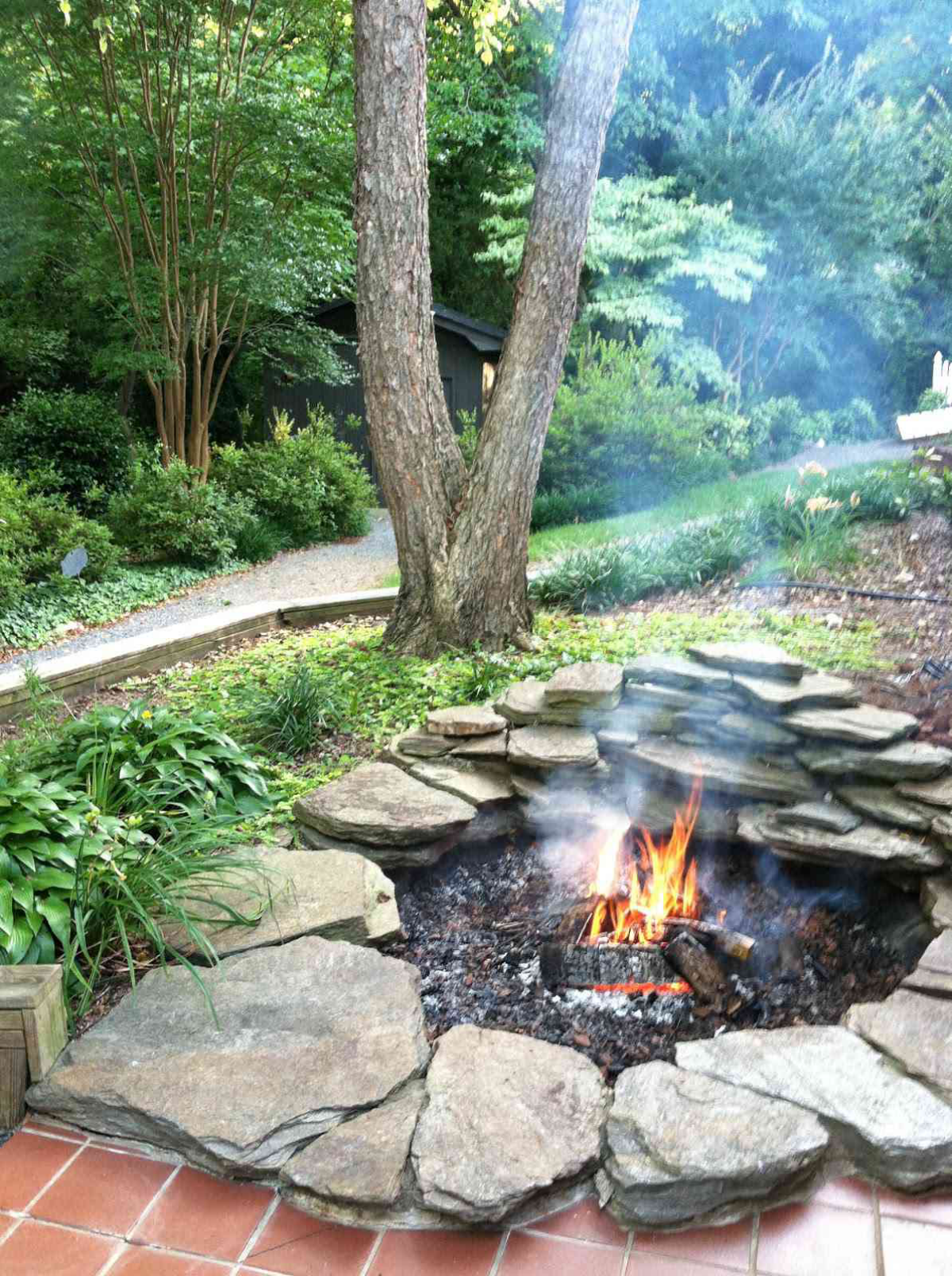
Round pit or a square one? It’s more than just aesthetics.
A round pit is inherently more social. It mimics a traditional campfire, giving everyone an equal view of the flames and encouraging conversation in a natural circle. A square or rectangular pit feels more architectural and intentional. It works brilliantly to anchor a linear seating arrangement, like a built-in bench or a long outdoor sofa, defining the space with a more formal feel.
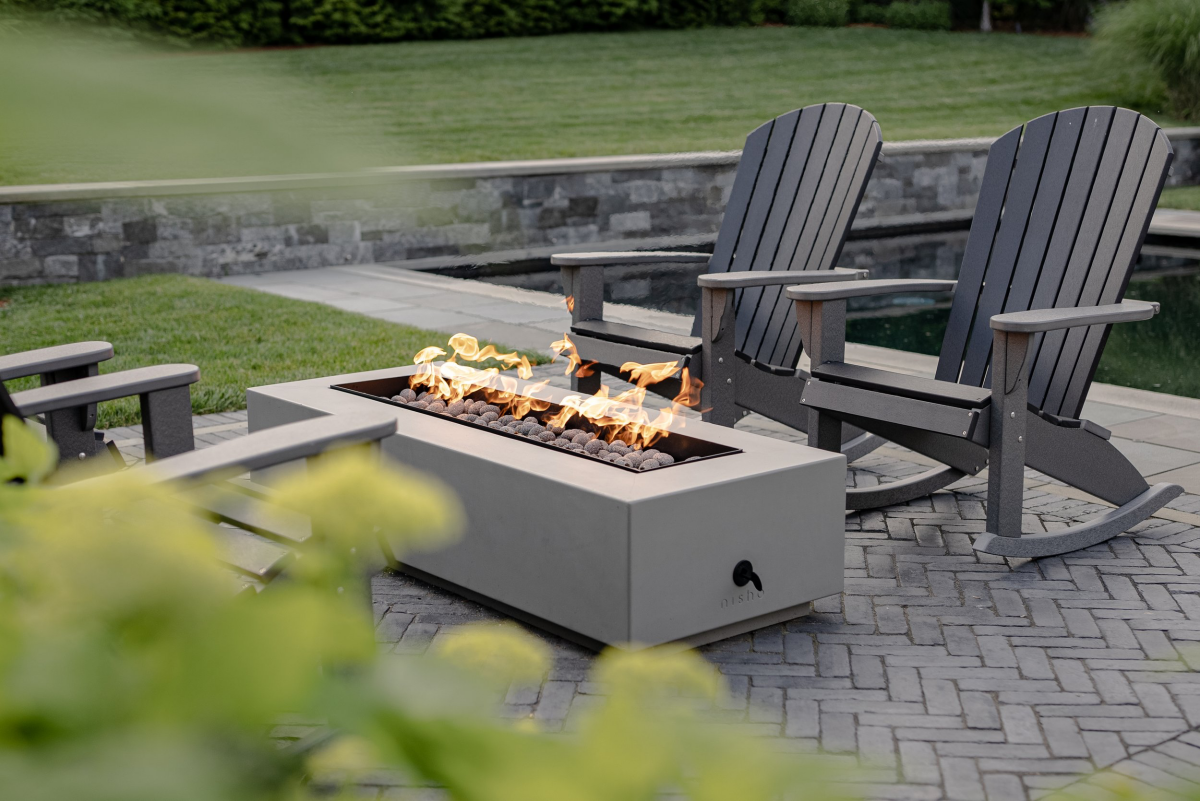
The best-built fire pit is only as good as its fuel. Using wet, unseasoned wood guarantees a frustrating, smoky fire. The secret to a perfect blaze is properly seasoned firewood.
- Split & Stack: Split logs to expose more surface area and stack them to allow for airflow on all sides.
- Cover the Top: Keep rain and snow off the top of the pile, but leave the sides open to the wind.
- Be Patient: Hardwoods like oak or maple need at least 6-12 months to properly season.
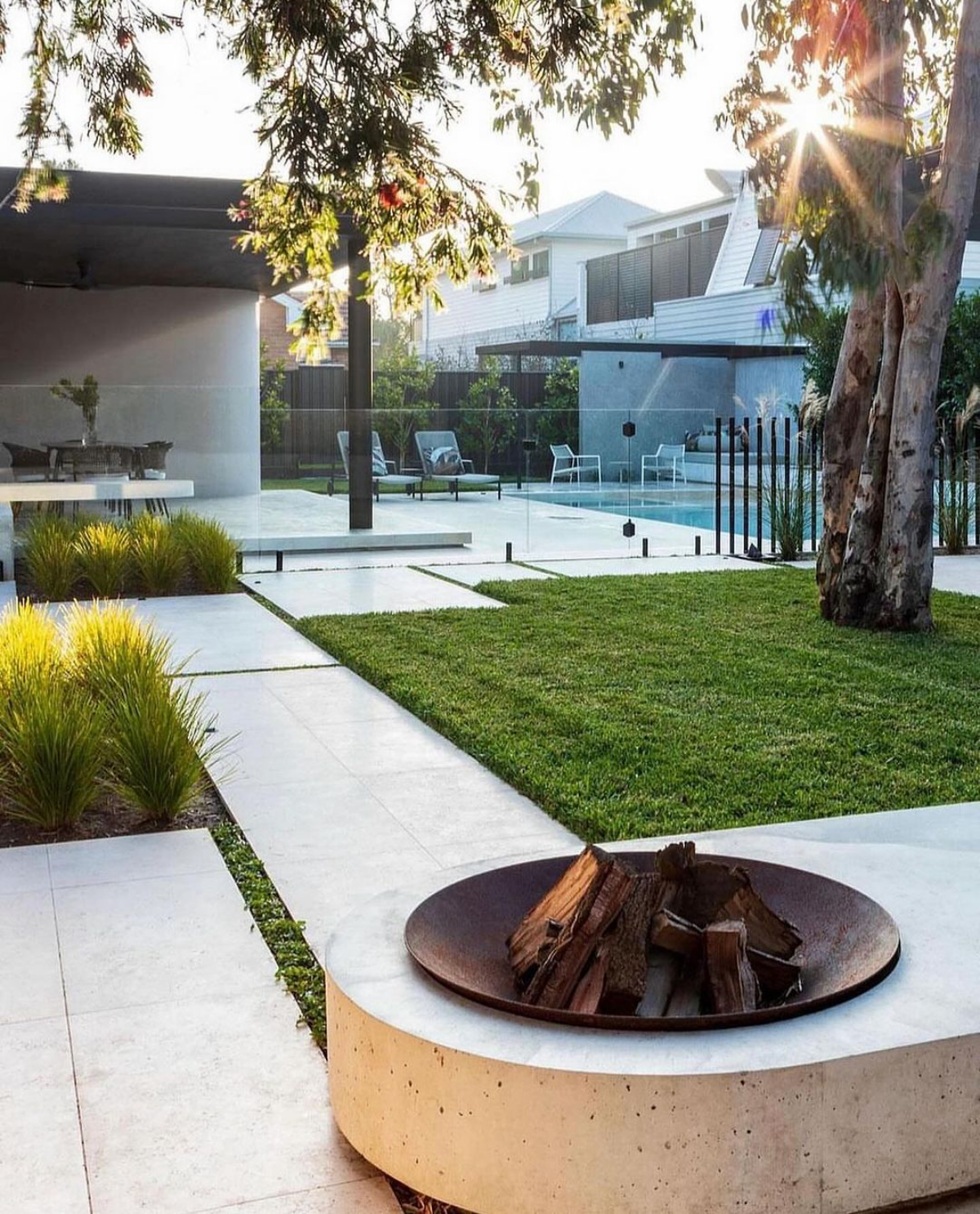
The pro secret for less smoke: It’s all about airflow from below. A fire starved of oxygen at its base will smolder and produce excessive smoke. The solution is to integrate vents into the lower part of your pit’s structure. Four small channels or pipes, about 2 inches in diameter, placed at the base of the block walls will provide a constant draft, feeding the fire and helping it burn brighter and cleaner.
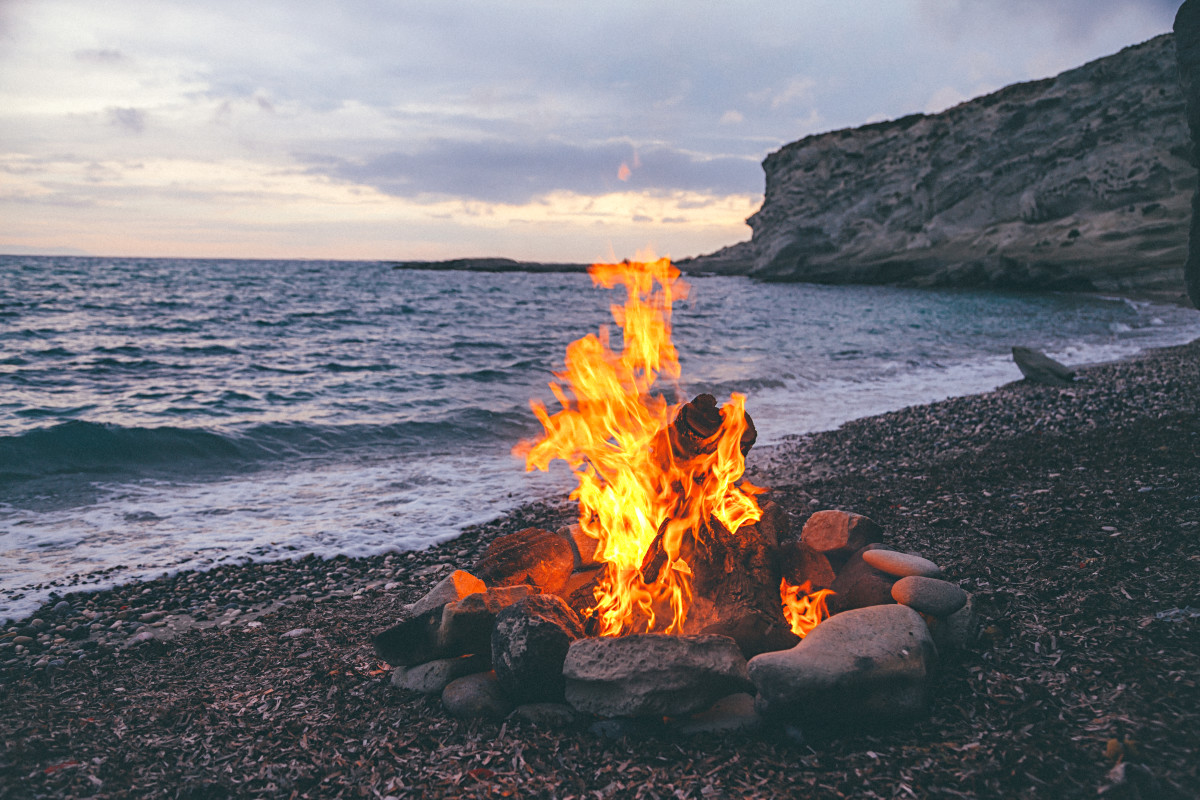
Steel expands when heated. At the temperatures of a wood fire, a 30-inch steel insert ring can grow in circumference by nearly a quarter of an inch.
This thermal expansion is a powerful force. If you mortar a steel ring tightly against your masonry blocks, it will inevitably crack them from the inside out as it heats up. Always leave an air gap of at least 1/4 inch between the metal insert and the fire-rated blocks to allow for this movement.
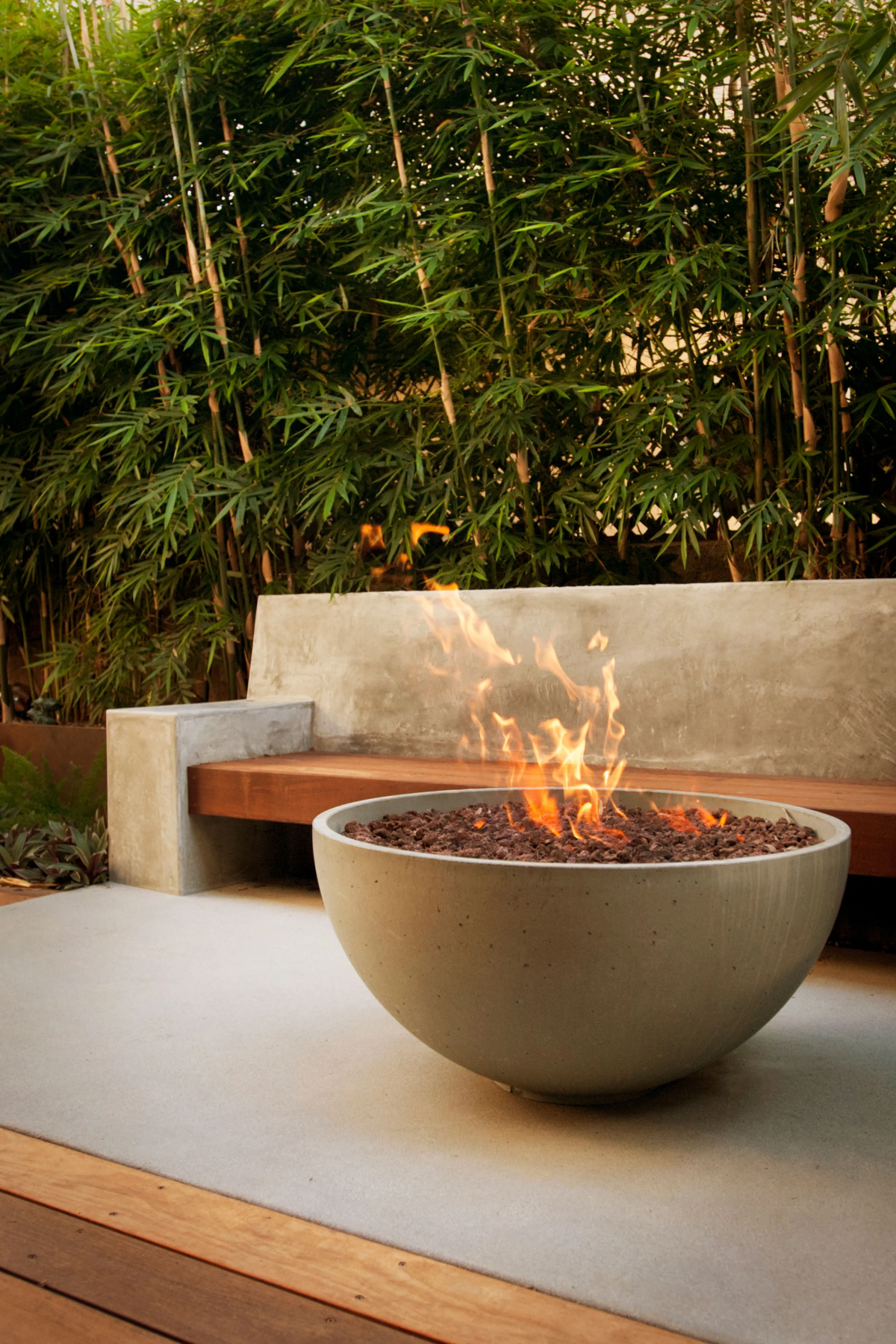
A durable fire pit isn’t just about the structure; it’s about the finishing touches. For the top course of your block wall, use a proper capstone. These flat, wide stones provide a clean, finished look and, more importantly, protect the joints of the blocks below from rain and weather, preventing water from seeping in and causing damage during freeze-thaw cycles.
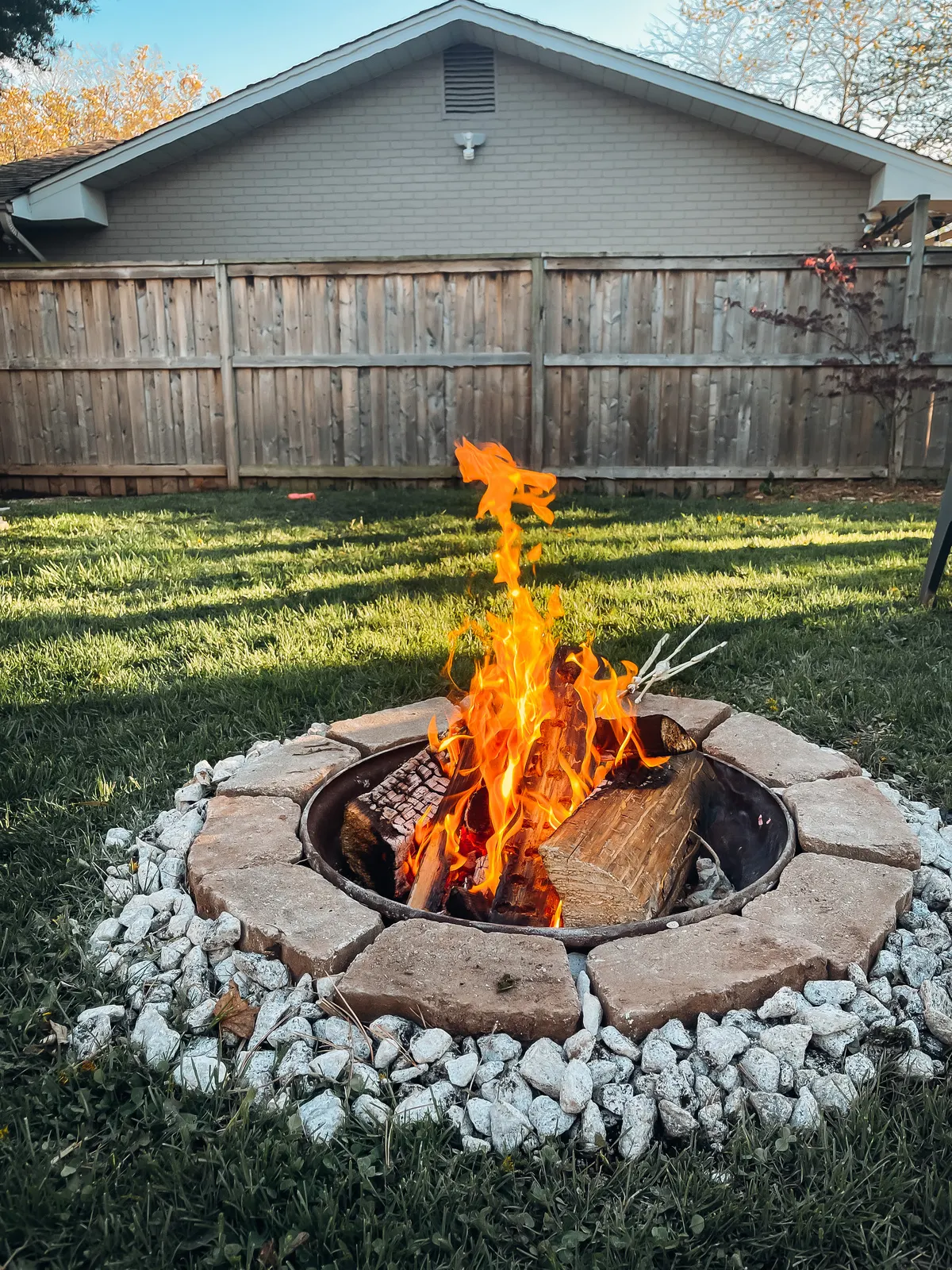
- A fire that ignites easily and burns brightly.
- Minimal smoke that travels up, not into your face.
- Consistent, powerful heat radiating outwards.
The key? Don’t build directly on the dirt. A 4-6 inch base of compacted gravel is non-negotiable. It provides a stable foundation to prevent shifting and, crucially, allows water to drain away so your pit doesn’t turn into a soupy mess.
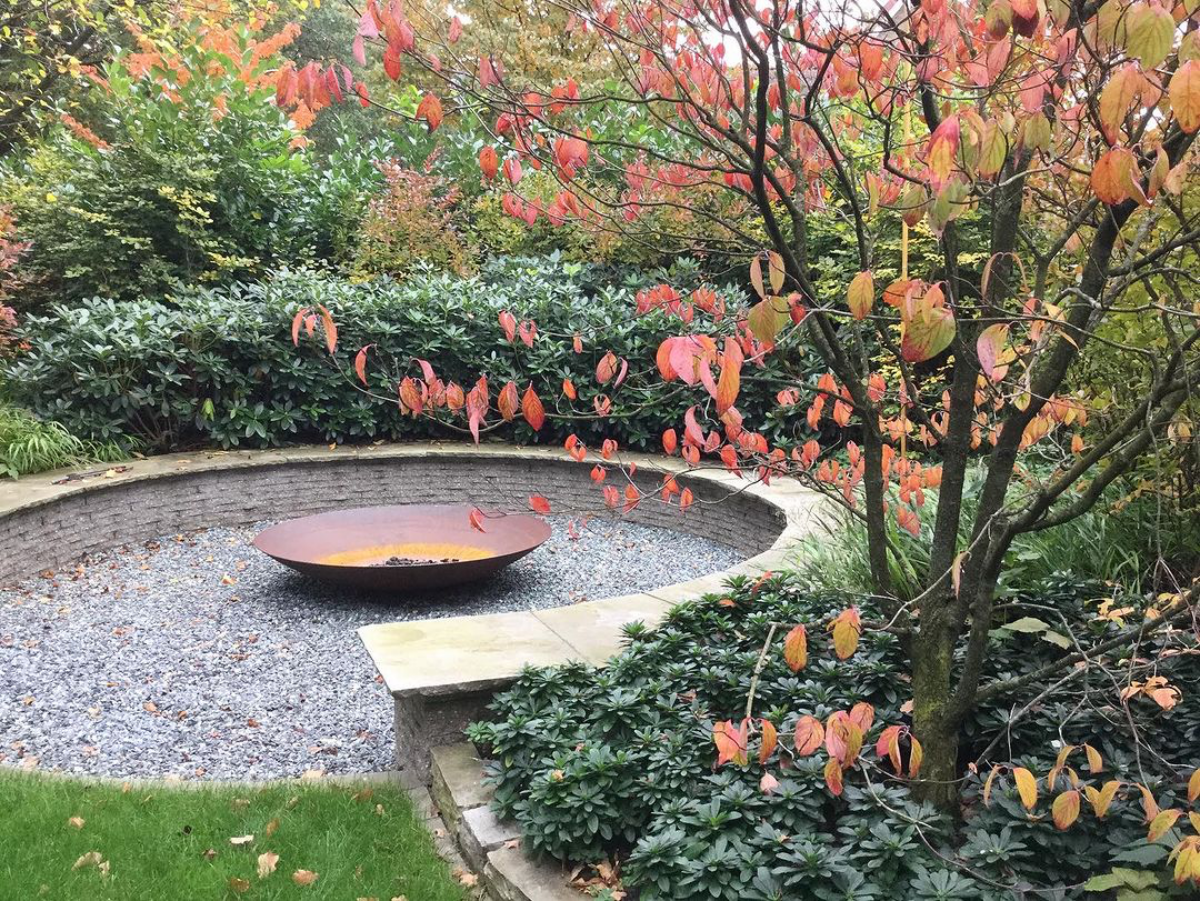
Not quite ready for a full masonry project? You can still get a pit that is built to last far longer than a cheap hardware store bowl. Look at ‘smokeless’ fire pits from brands like Breeo or Solo Stove. They use thick-gauge stainless or Corten steel and are engineered with a double-wall design for superior airflow. They are an investment but will outlive a dozen budget options.
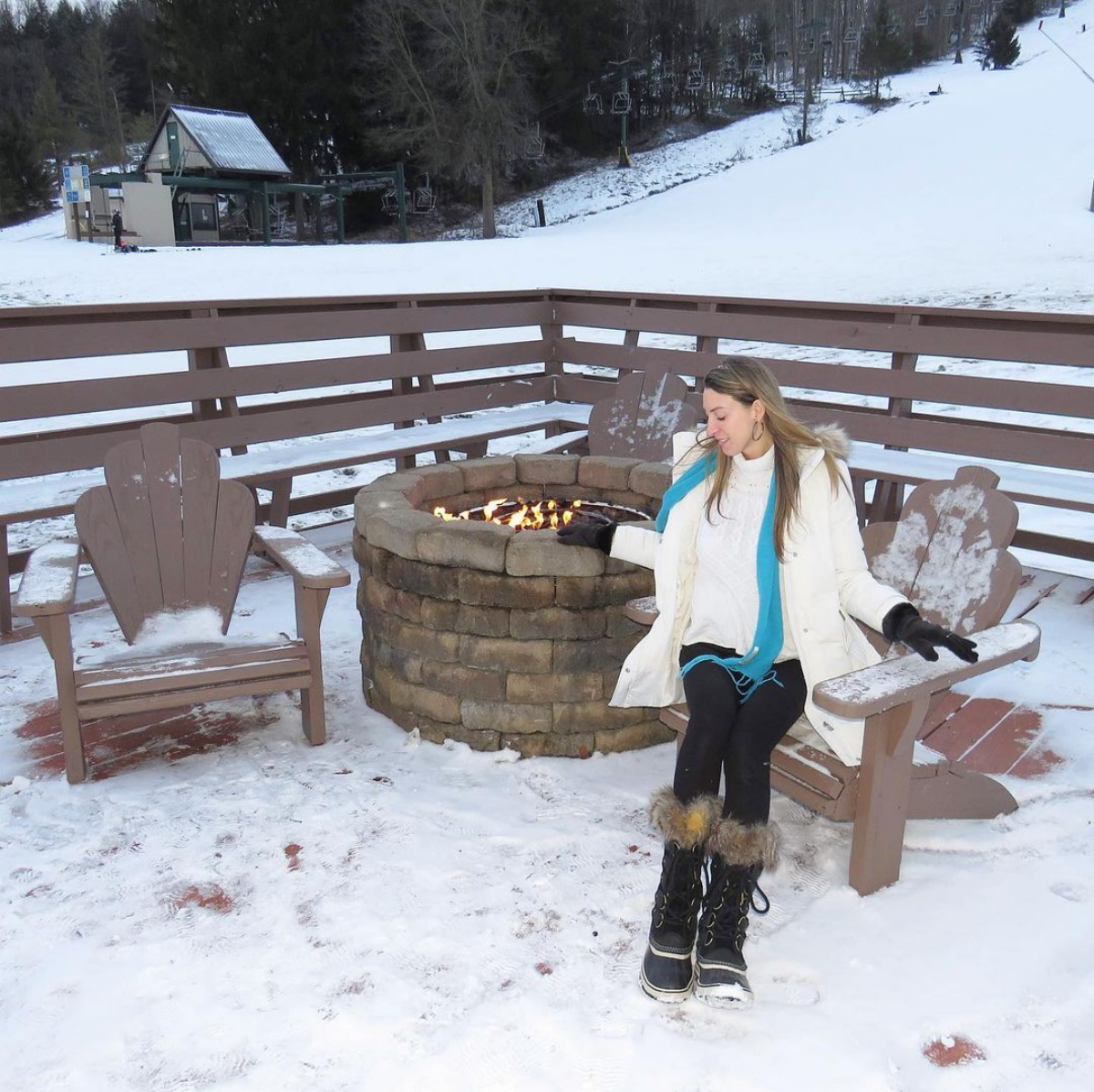
Fire is the most tolerable third party. – George Eliot
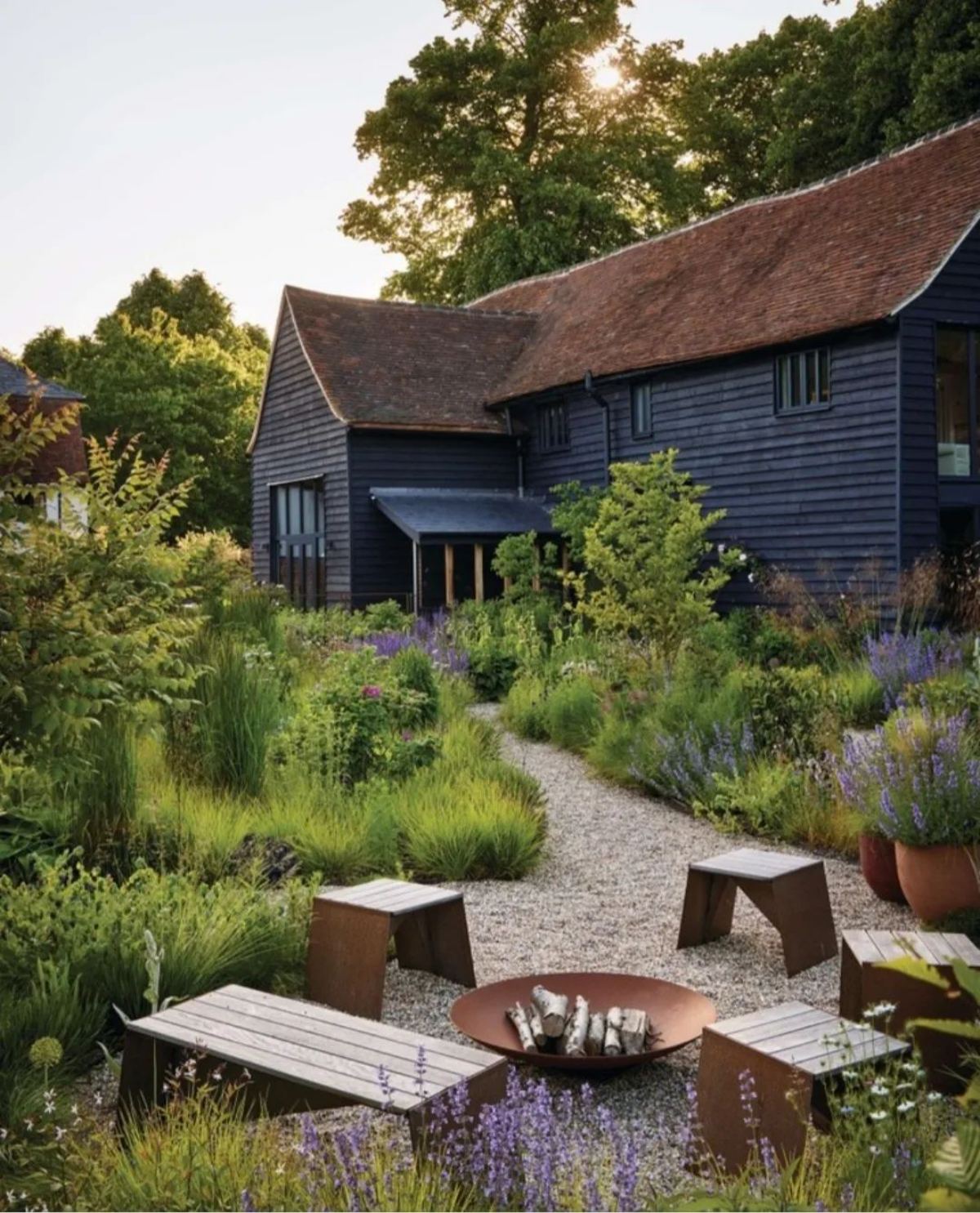
A critical maintenance step: Don’t let ash accumulate. After a fire, once everything is completely cool, scoop the ashes out. A thick layer of ash can absorb and hold moisture against the bottom of your pit. For masonry, this moisture can cause spalling in freezing weather. For metal inserts, damp ash is highly corrosive and will accelerate rust, dramatically shortening the life of the steel.
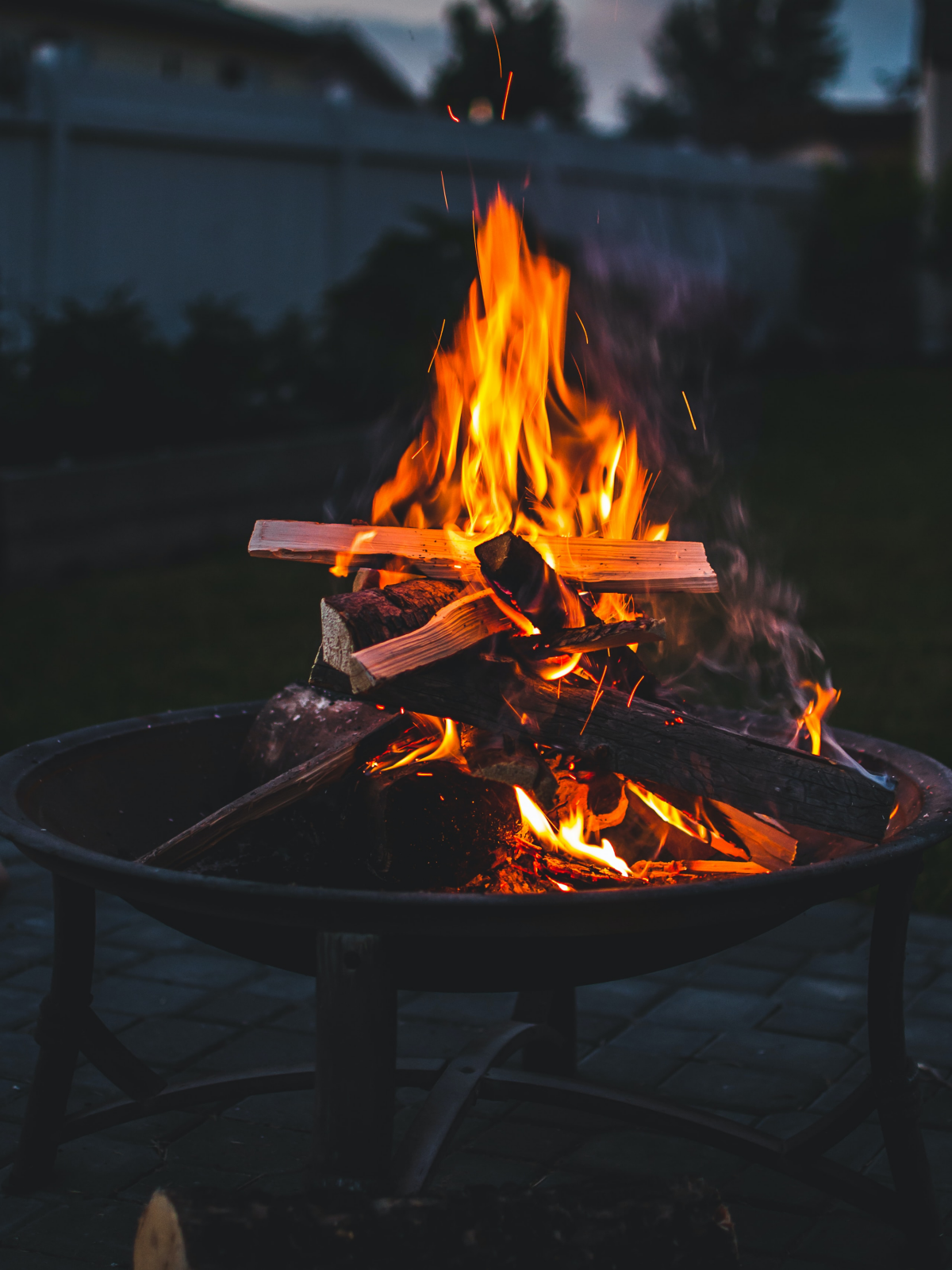
- A heavy-duty shovel for digging.
- A 4-foot level to ensure a perfect base.
- A hand tamper for compacting the gravel foundation.
- A mason’s trowel and a rubber mallet.
- A caulking gun for applying refractory adhesive or mortar.
Your fire pit’s location dictates its material. A pit nestled into a lush garden with flagstone paths begs for natural-looking materials like stacked fieldstone or tumbled pavers. For a sleek, modern concrete patio, consider a pit made from smooth, board-formed concrete or sharp-angled Corten steel to complement the clean architectural lines.










